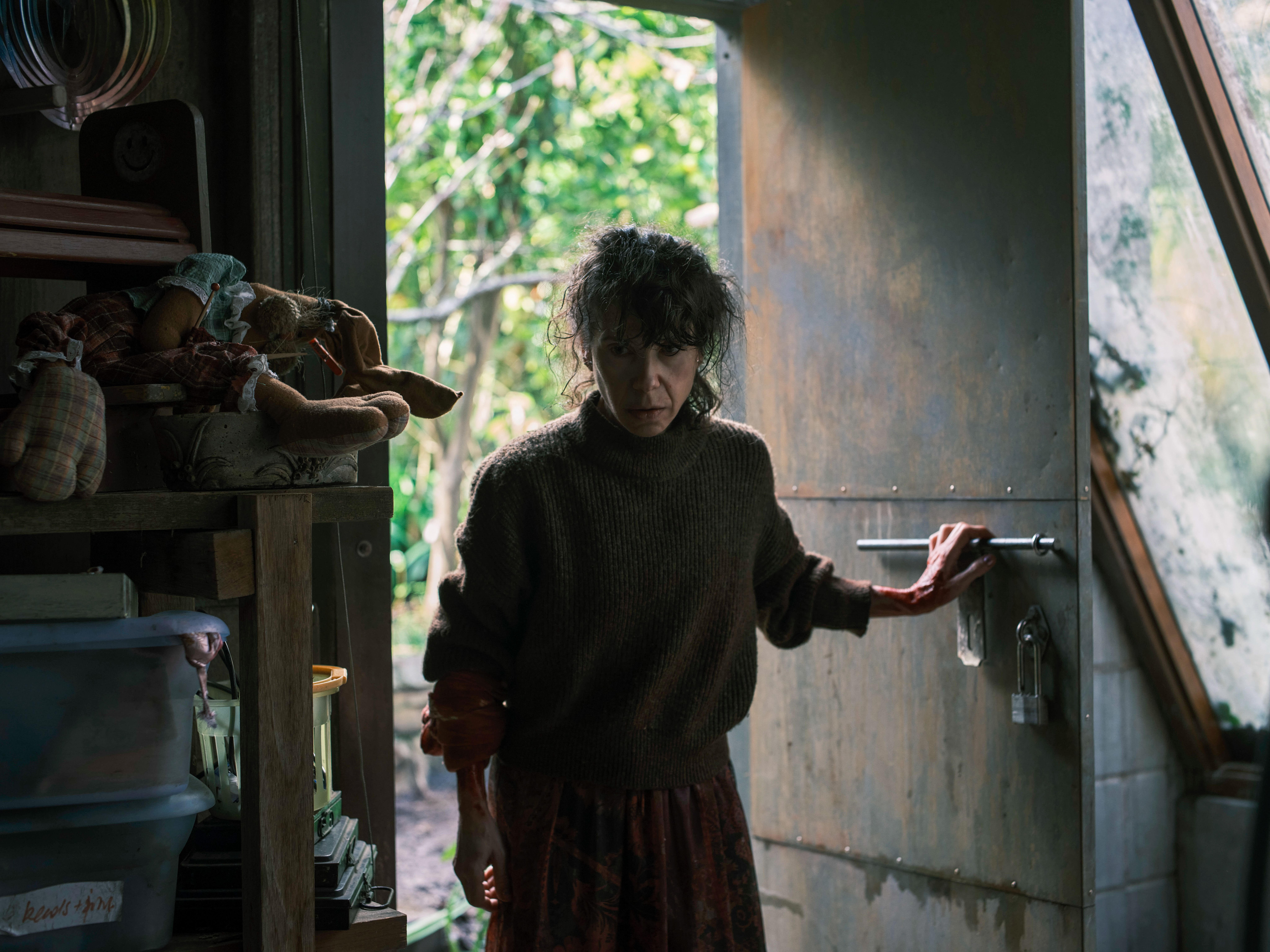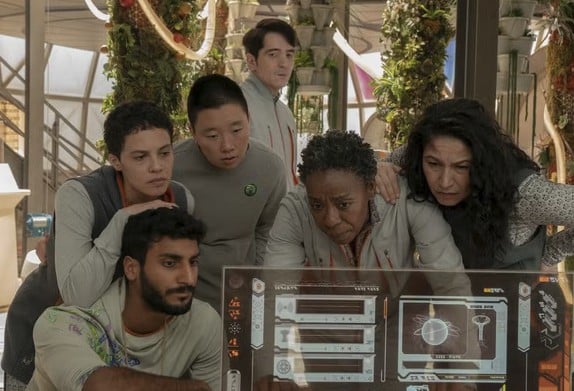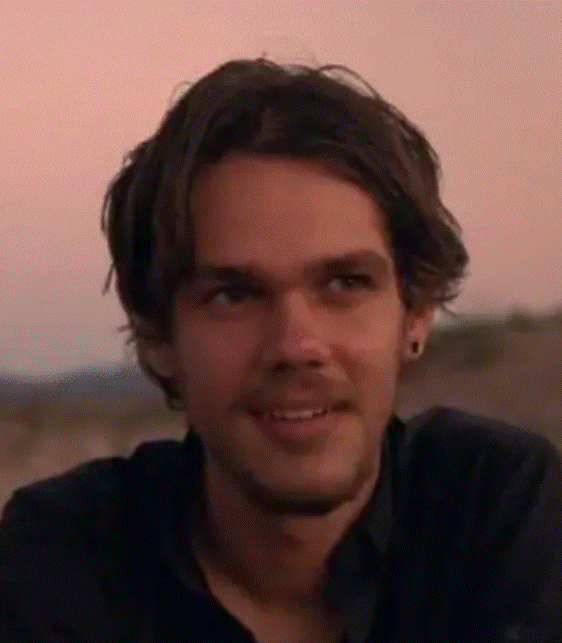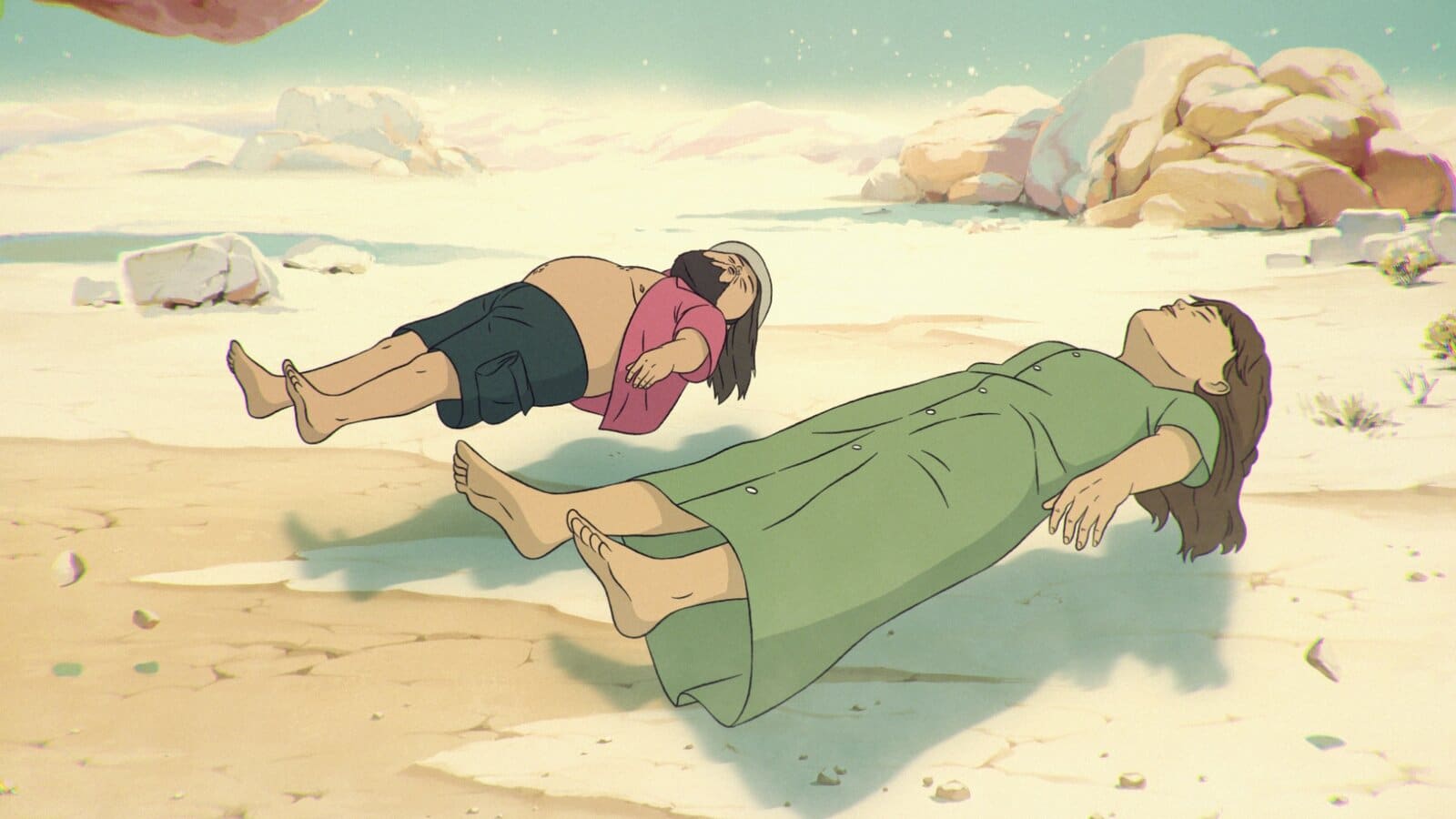Watercooler Pick
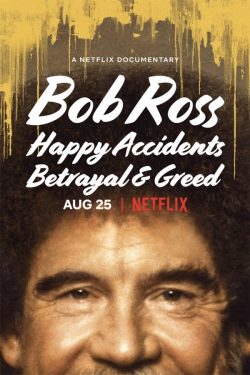
Bob Ross: Happy Accidents, Betrayal & Greed
- Movie
- Where to Find It: Netflix
- Rating: TV-14
- Release Date: 2021
- Runtime: 1 hour 33 minutes
Recommended by:
Share on social media
Find More Watercooler Picks
Bob Ross inspired millions to take up painting through his soft-spoken art lessons on the long-running public TV show The Joy of Painting, but as this new documentary shows, his passing in 1995 sparked a fierce legal battle over his legacy and the control of his name that overshadows his famously “happy” persona.
Bob Ross is the main attraction here. The list of producers includes Melissa McCarthy and her husband, Ben Falcone.
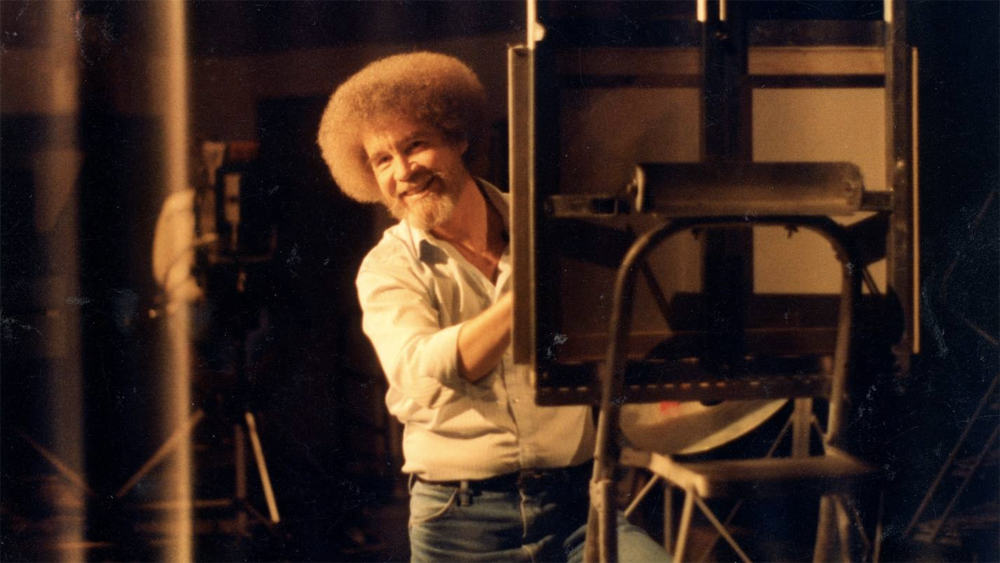 Bob Ross became a world-famous TV art instructor not for a fancy set or wardrobe or even for producing works of great artistic value, but for being one of the most unassuming celebrities the medium has ever yielded. He had a gift for painting a beautiful landscape in record time on his public broadcasting show The Joy of Painting (most episodes ran 30 minutes). Bob could create a snow-covered wilderness or perhaps a farm scene and oh, those “happy little trees.” And with his easy-going personality and words of encouragement, he became an icon of wholesome entertainment. At the height of his fame, Ross was at the canvas on Live with Regis and Kathie Lee and Donahue.
Bob Ross became a world-famous TV art instructor not for a fancy set or wardrobe or even for producing works of great artistic value, but for being one of the most unassuming celebrities the medium has ever yielded. He had a gift for painting a beautiful landscape in record time on his public broadcasting show The Joy of Painting (most episodes ran 30 minutes). Bob could create a snow-covered wilderness or perhaps a farm scene and oh, those “happy little trees.” And with his easy-going personality and words of encouragement, he became an icon of wholesome entertainment. At the height of his fame, Ross was at the canvas on Live with Regis and Kathie Lee and Donahue.
Through archival clips and footage, the new Netflix documentary Bob Ross: Happy Accidents, Betrayal & Greed traces his legacy from his humble beginnings as a traveling art instructor, to his humble rise to fame. Ross was a talented artist, but his true genius was his ability to reach audiences through his words and empowering thoughts. When Bob told his viewers there are no mistakes just “happy little accidents,” people paid attention. He frequently said, “In your world you can do anything that your heart desires.” That is heady stuff from a be-permed guy (spoiler alert—yes, it was a perm) holding a palette.
He also said of his own canvas, “This is the only place where I have total control.” That telling line is repeated several times in the documentary, to really drive home the point that Bob Ross the person was an entirely different entity than Bob Ross the Commodity. As the story unfolds in chronological order, it foreshadows the “Greed and Betrayal” in the title. That alone should be the first clue that this is not just a feel-good biography. The second is that so many potential interview subjects pulled out of the project or simply refused to participate for fear of being sued by the current controllers of Bob Ross, Inc. (also known as BRI), Annette and Walt Kowalksi. The Kowalskis made a fortune using the Ross name to sell paint, brushes, books, workshops and more, and are notoriously litigious when it comes to anyone threatening what they see as their intellectual property.
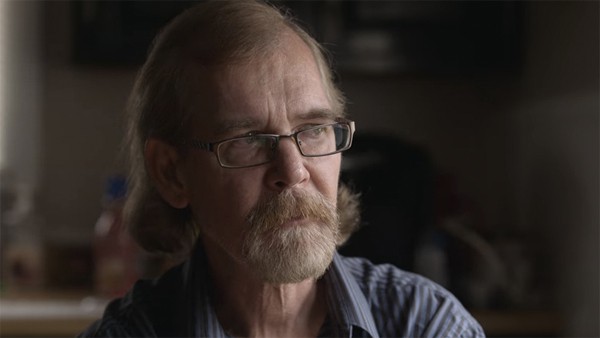 The few who did agree to be interviewed for the documentary are mainly among those already involved in lawsuits against the Kowalskis and BRI, including Bob’s son Steve (who still hasn’t seen any of the profits made off his father’s name), Ross’ close friend and fellow painter Dana Jester, and his former mentor, John Thamm. Their stories and insights offer an intimate portrait (if you’ll excuse the term), of the man behind the scenes who, thankfully, turns to be not far off from the kindly version everyone saw on TV. Where the story takes a dramatic pivot, however, is once Ross is diagnosed with lymphoma, shortly after his second wife’s death. The fight over control of his name and likeness started even before he was on his death bed, but accelerated after his passing at the age of 52 on July 4, 1995. As of the release of this documentary, it’s still going on.
The few who did agree to be interviewed for the documentary are mainly among those already involved in lawsuits against the Kowalskis and BRI, including Bob’s son Steve (who still hasn’t seen any of the profits made off his father’s name), Ross’ close friend and fellow painter Dana Jester, and his former mentor, John Thamm. Their stories and insights offer an intimate portrait (if you’ll excuse the term), of the man behind the scenes who, thankfully, turns to be not far off from the kindly version everyone saw on TV. Where the story takes a dramatic pivot, however, is once Ross is diagnosed with lymphoma, shortly after his second wife’s death. The fight over control of his name and likeness started even before he was on his death bed, but accelerated after his passing at the age of 52 on July 4, 1995. As of the release of this documentary, it’s still going on.
The film also accentuates how much Bob meant to TV and his legions of fans, who are still learning how to paint from his vintage programs. Steve and Jester are holding down the fort at painting workshops in the name of Bob Ross. One of the most powerful moments comes toward the end, as a few longtime Ross fans talk about how they’ve used his painting methods as therapy. It’s a microcosm of what Ross has meant to millions over the past 40 years.
What happened in the wake of Bob Ross’ death is an egregious example of how the cutthroat business of fame is rife with exploitation, but it’s reassuring to know that he himself was the real deal—a charming and charismatic instructor who just wanted to bring the joy of painting to the world. At least everyone seems to agree on that.
This is a documentary that can be enjoyed by people of any age, but it will definitely hold a special place in the hearts of Bob Ross fans, whether or not they’ve ever picked up a brush. Even if you’ve never heard of Bob, this is an enlightening look at a TV icon and the dark side of fame.
Following the documentary’s release on Netflix, Annette and Walt Kowalski released a statement in which they accuse the filmmakers of bias towards Bob’s son Steve and the other participants in the film, and deny several of the claims they make on camera. They don’t deny that they were given the opportunity to participate and tell their side of the story, though. So make of that what you will.
- Moods: enlighten me, grip me, inspire me
- Interests: conversation worthy, documentary

Jerry Barmash



